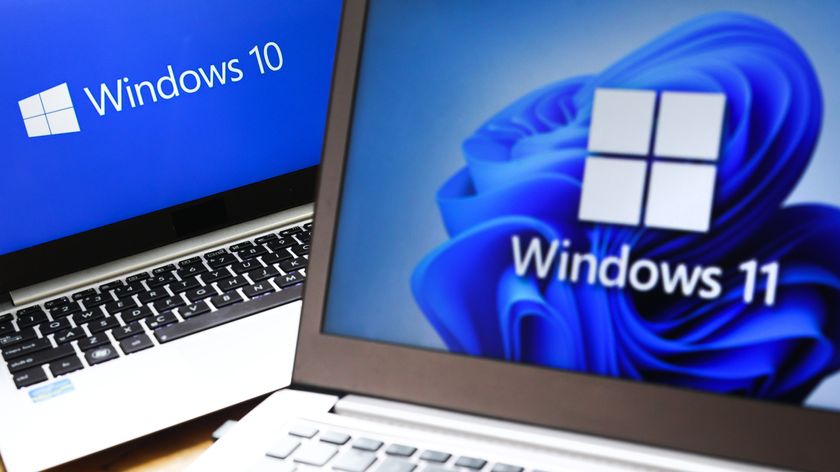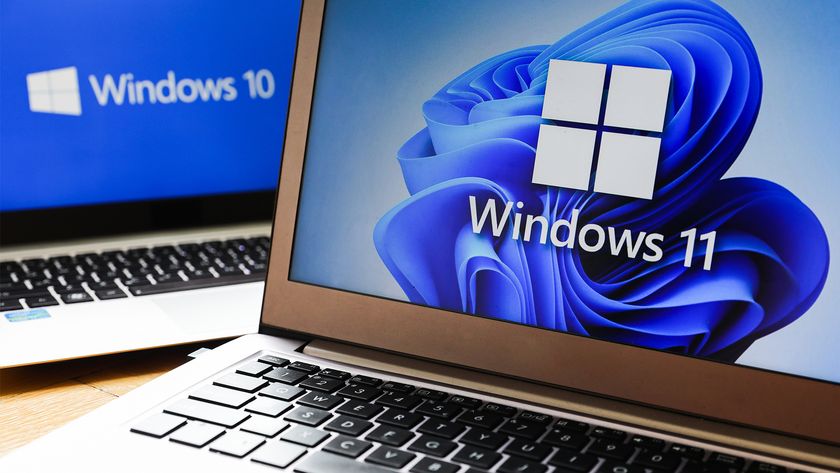Are touchscreens ready for business?
Has Windows 7 made touchscreens ready for businesses, or is the tech not quite ready yet?
These research projects don't really give you the ability to do anything that you couldn't do before with a keyboard and mouse, but they do give you new ways to make information accessible in an intuitive way. And that, in the end, is what multi-touch is really all about.
Other apps
Other potential applications for touch UIs aren't hard to imagine. Any application where you need to match physical or human resources with geographical data is a no-brainer. You can see and move around 2D or 3D maps, and simply drag and drop markers into place.
It's a similar story with network diagrams, office layouts and flowcharts and if Microsoft isn't looking at multi-touch support for Visio 2010, then it should be.
Touch also has a future in bespoke applications. For example, Delphi developer Embarcadero has added multi-touch support for its Delphi and C++ rapid application development (RAD) environments, stressing how simply it is to enable multi-touch support to apps using a specially designed Gesture Management component.
Practical use
In short, there might not be any compelling reason for businesses to invest in multi-touch technology yet, but don't write it off. It's going to take a more radical shift in interface design before it becomes ubiquitous, and it has to be said that there are practical factors too.
Get the ITPro. daily newsletter
Sign up today and you will receive a free copy of our Focus Report 2025 - the leading guidance on AI, cybersecurity and other IT challenges as per 700+ senior executives
Touch is lot more comfortable on a near-horizontal surface than a conventional, vertical screen. Yet, when you're hands-on with the screen, it still feels like a little taste of the future.
The keyboard and mouse aren't going anywhere right now, but 2010 might be the year when multi-touch finally moves from those slick mobile devices, and onto the desktop space.
Stuart has been writing about technology for over 25 years, focusing on PC hardware, enterprise technology, education tech, cloud services and video games. Along the way he’s worked extensively with Windows, MacOS, Linux, Android and Chrome OS devices, and tested everything from laptops to laser printers, graphics cards to gaming headsets.
He’s then written about all this stuff – and more – for outlets, including PC Pro, IT Pro, Expert Reviews and The Sunday Times. He’s also written and edited books on Windows, video games and Scratch programming for younger coders. When he’s not fiddling with tech or playing games, you’ll find him working in the garden, walking, reading or watching films.
You can follow Stuart on Twitter at @SATAndrews.
















